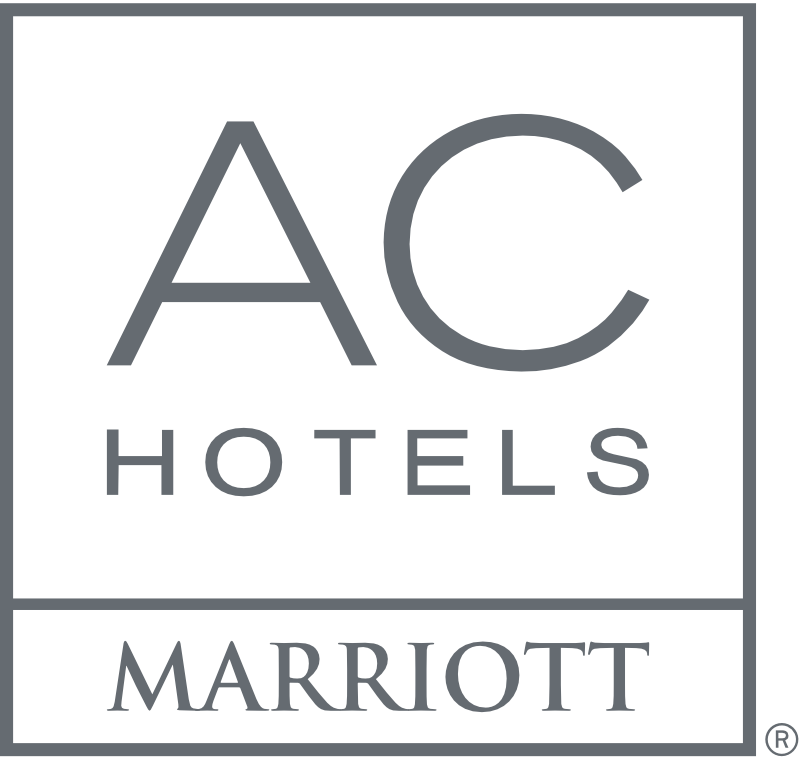How to Successfully Re-Enter the Workforce After a Break
Job Search Tips / December 23, 2019Have you been out of the workforce for an extended time? Maybe you’ve had to go a few years without working in order to take care of a child, parent, or spouse. Many other people are in the same boat—40 percent of family caregivers aren’t employed. Or, you might have taken time off work to go back to school or start a business. Whatever the reasons for your time away, reentering the workplace after a long absence is difficult because employers tend to favor candidates who don’t have gaps in their work history.
To increase your chances of a successful job application, you’ll want to downplay your time away from the workforce until you get an interview. Once you are able to talk to someone face to face, you can explain the reasons for your break from work and describe what you’ve gained from that experience.
Jump into new activities
Before you submit your first application, find a lot of things to do other than working a 9 to 5 job. Some options are volunteering, participating in communal organizations, and continuing your education through community college classes, library lecture series, or online courses. See if you can do some gig economy work for a few hours a week, whether that’s delivering groceries, walking dogs, or mowing lawns.
The more you have going on, the more you can include in your cover letter and resume. An employer who reads your application and thinks, “This candidate is busy with so many things!” isn’t worrying if you’re ready to return to a role as an active team player.
Organize your resume by skills
A typical resume that presents information in chronological order would put you at a disadvantage because it would make any gaps in your work history very obvious. Go with a skills-based resume, also known as a functional resume. Think of four to five categories of skills you possess, like Analytics, Customer Service, Leadership, and Communication. Make each of these skills a separate section of your resume. List your responsibilities for different employers under each section, and feel free to list the same job under more than one heading. For example, if you used to be a front desk agent, you might list greeting guests and taking reservations under Customer Service and record-keeping under Communication. Remember to list skills that you use right now in your volunteer or gig work.
Highlight the positives in your interview
When you’re called into an interview, your gap in experience will likely come up in the course of the conversation. Explain why you took time off, and mention some capabilities that you strengthened while you weren’t working a conventional job. If you were involved with a family business or worked as a freelancer during that time, you probably developed a lot of easily recognizable job skills. If you were a caregiver, you’ll need to think creatively about how that experience prepared you to return to the workforce. For example, scheduling doctor’s appointments and keeping track of medications might have honed your organizational skills, which you could apply to event planning at your next job.
After discussing the skills you developed, try to segue into the volunteer work, gig work, or community involvement you currently have on your plate. This helps shift the conversation back toward what you’re doing now. By talking about your recent activities, you send a message that your time away from work was just one part of your ongoing career rather than the final chapter.
Finally, don’t feel that you have to apologize for reentering the workplace. Many people have to take time off for various reasons. In fact, the hiring manager who’s interviewing you may have been in the same situation at some point!










